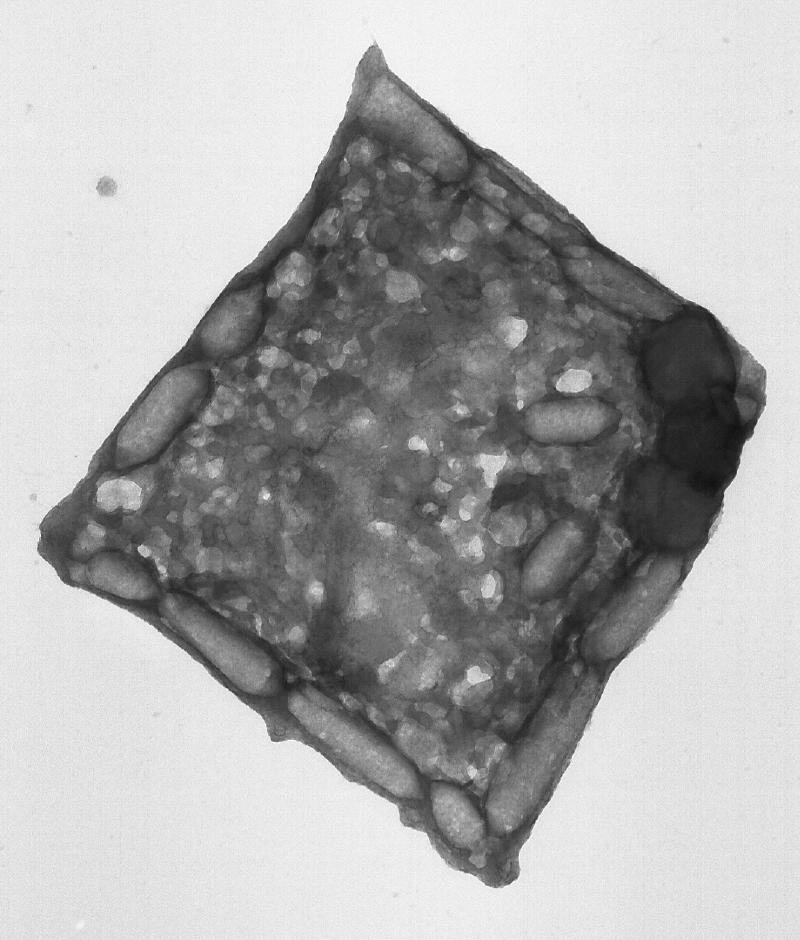Hellooooooo,
Today we’re gonna have a look at a funky little section of the tree of life. This is the Archaea. It might get a bit science, but you can definitely handle it.
Archaea are a type of microorganism , they’re single-celled but their cells don’t have a nucleus. This meant that when we first found them we got very overexcited, thought they were bacteria and gave them the name archaebacteria. Most of them look kind of like bacteria as well Apart from this one called Haloquadratum walsbyi. These have very flat and almost perfectly square cells
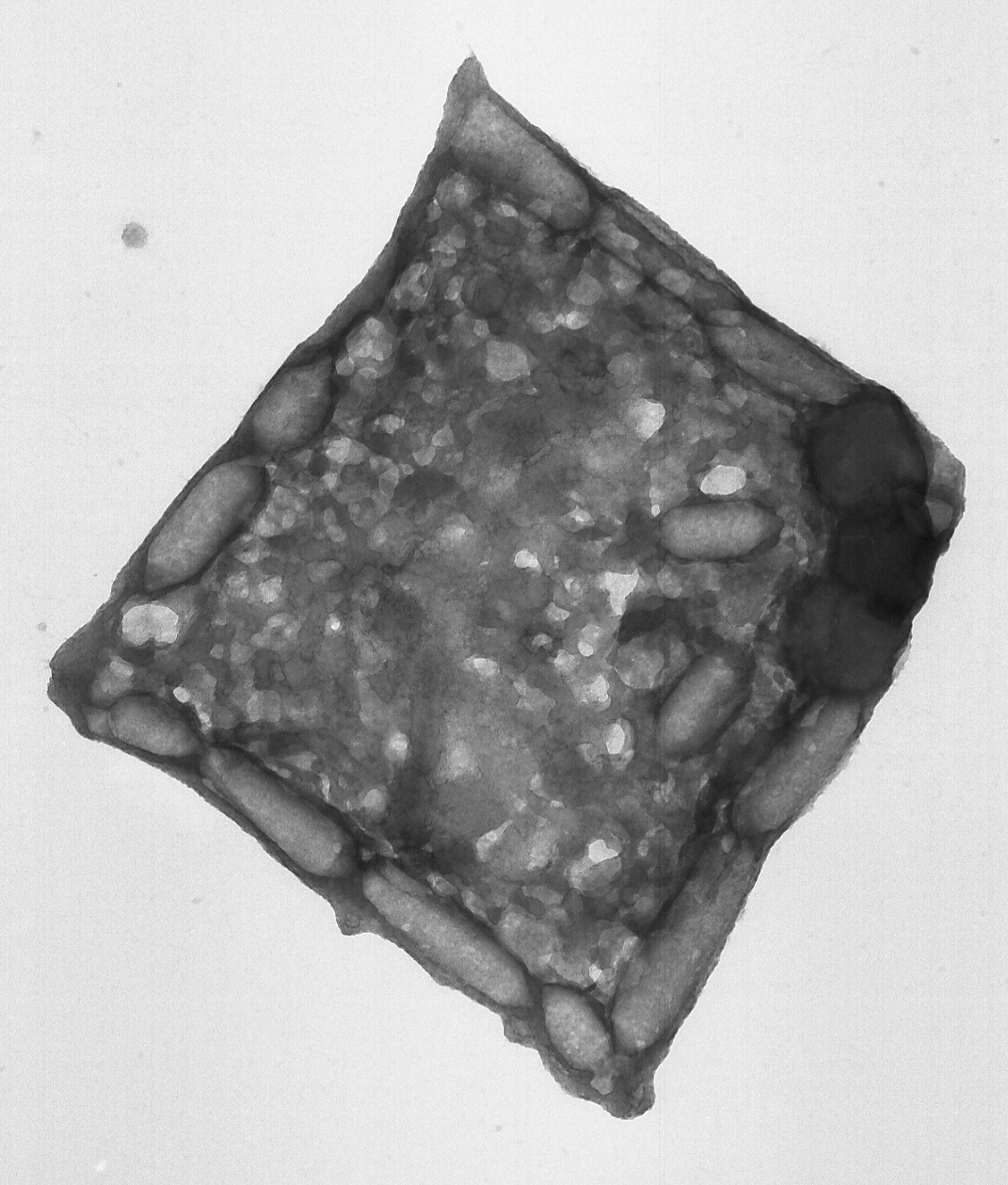
So yeah these guys are totally not bacteria.
We think that they are the oldest organisms on Earth (which is a pretty cool flex).
We usually find them in pretty extreme environments. They can survive in temperatures up to 122 degrees Clike you"d find in geysers, hot springs or hydrothermal vents.
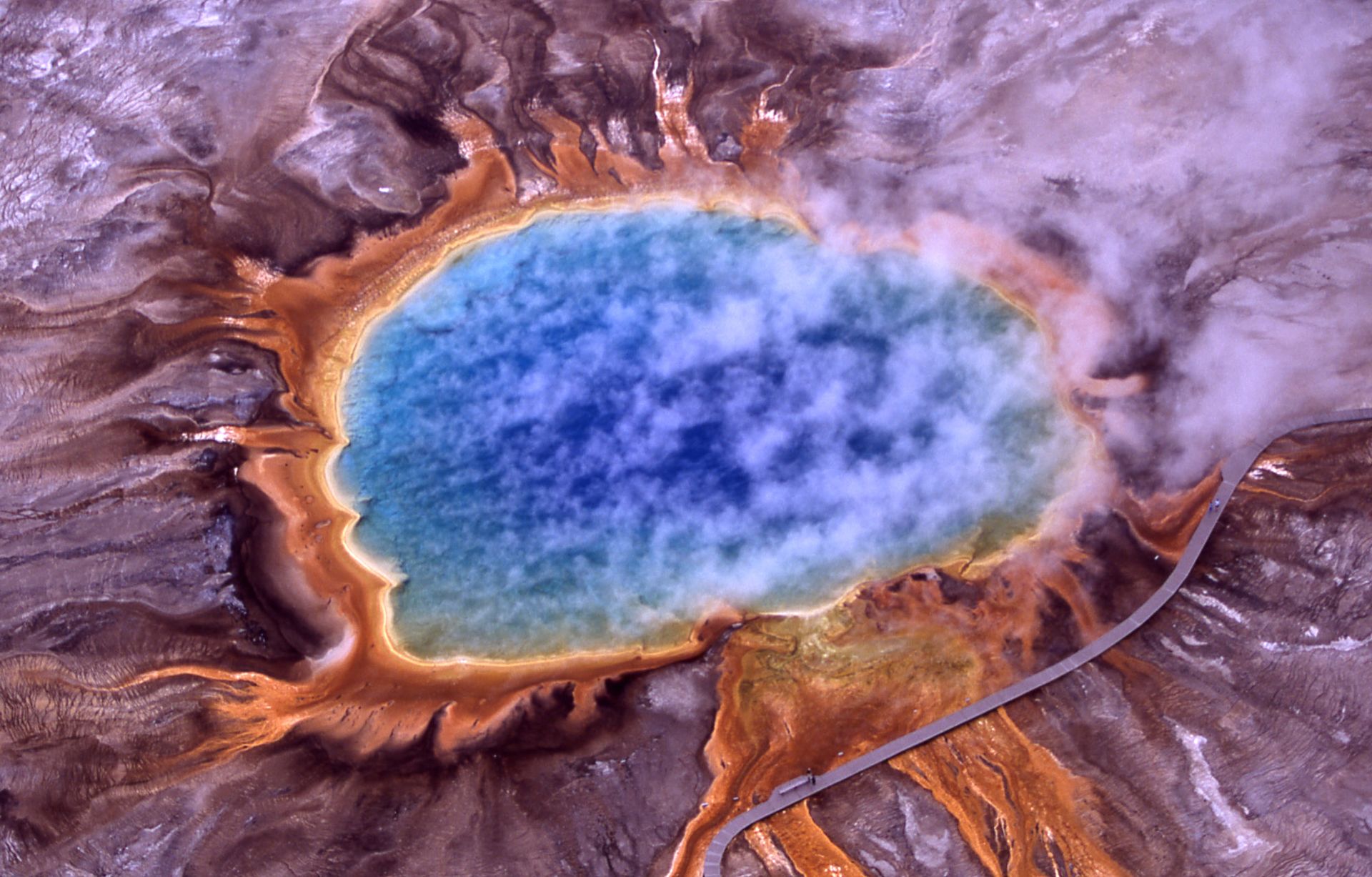
BUT they can also tolerate very cold habitats and areas that are very salty , acidic or alkaline. They are pretty bad ass. There’s one called Picrophilus torridus that can literally live in acid with a pH of 0. That is the equivalent of living in 1.2 molar sulfuric acid.
There are also some that live in mild conditions like swamps, marshes, the ocean and on your skin, in your mouth and in your intestines. In fact there’s one species that makes up 1 in 10 of all the microorganisms in your gut. Just one species!
Don’t be alarmed by this!! They do us some good favours. They, along with the bacteria living in your gut, break down the cellulose that is in the plant matter you (hopefully) eat because that’s not something you can do yourself.
Now they are nigh on impossible to cultivate in a lab. A lot of the time that’s because recreating their very niche optimal habitats is pretty difficult to do. Because of this we don’t really know much about them, but they are actually super abundant, especially in the ocean where they are thought to make up 40% of the microbial biomass. That’s A LOT for something we don’t know much about.
What’s really weird about them is that they are actually more related to eukaryotes (that’s our ancestral line) than they are to bacteria.

Now we think the tree of life looks like this because when we went down to have a look at some hydrothermal vents we found Lokiarchaeota in the sediments nearby. Named because the vent was called Loki’s castle. Then someone had some fun and started naming all the different archaea after Norse gods. You have the Thorarchaeota (named after Thor), Odinarchaeota (named after Odin) and Heimdallarchaeota (named after Heimdallr). So in the end the researchers put all of those species together in a superphylum and called it Asgard.
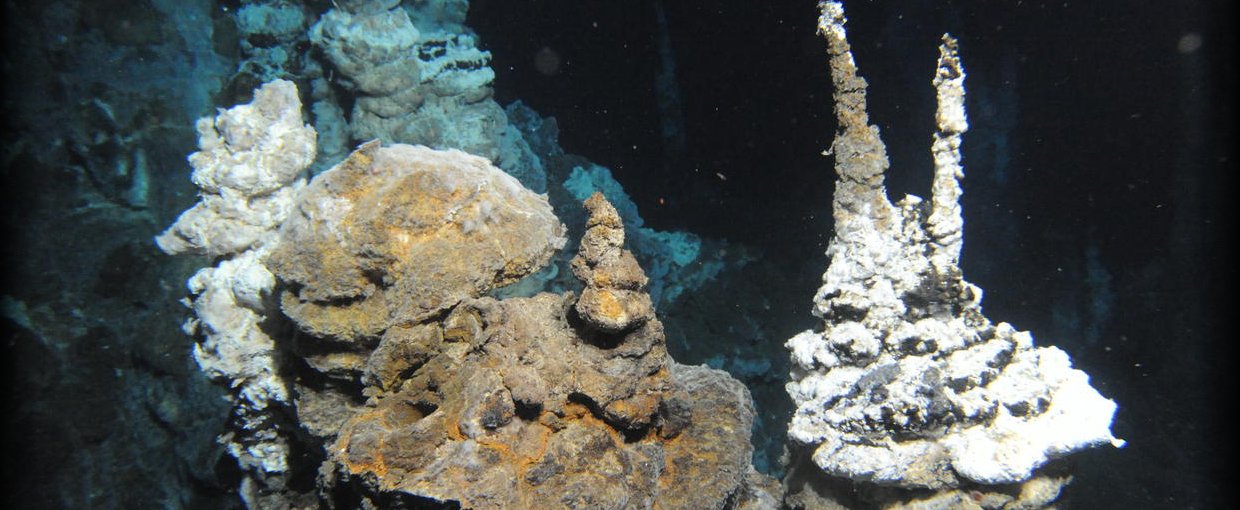
Well when we sequenced the genomes of the Lokiarchaeota and we found genes that encoded proteins that are really similar to eukaryotic proteins. It gets a bit sciencey when you start looking at what sort of things make us more similar to archaea than archaea are to bacteria but let’s have a little look.
Like eukaryotes they have lots of types of an enzyme called RNA polymerase (very important in DNA processing), we have the same amino acid that initiates protein synthesis (called methionine — known as the “start codon”) and they also wrap their DNA up around little proteins called histones. Bacteria don’t do any of that.
But there’s still so much we don’t understand. When we first sequenced the genome of Lokiarchaeota we found about 5,000 protein coding genes and had no idea what the fuck about 32% of them did. They didn’t correspond to any known proteins.
WHAT.
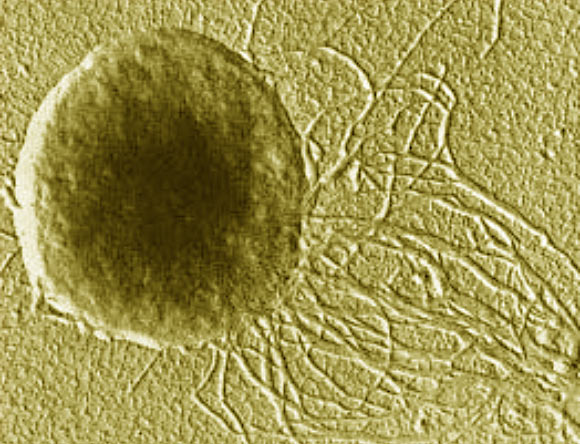
Anyways - we really want to find out more about these proteins. They could have some very handy uses — some already have proved themselves to be incredibly useful.
You might have heard of PCR (or polymerase chain reaction), because it’s what we use to get those looooovely 24 hour coronavirus tests. That process relies on enzymes that we nicked from archaea. We needed enzymes that could process DNA at high temperatures BUT all of our enzymes denature (or basically deform so they don’t work anymore) above about 40-50 degrees C.
We took one of those archaea that lives in SUPER HOT WATER and used their enzymes instead. BAM. Nailed it.
Archaea could also be the next source of antibiotics. The antibiotics we have always used have almost always come from bacteria (weird I know) so some ability to resist them is built into the bacteria’s genetics. Because the antibacterial compounds from archaea, called archaeocins , have different structures to those bacterial ones, they may have totally new ways of working. That would be REALLY helpful.
Hope you enjoyed this little look at a very weird branch of our family tree.
Love Flora xxx
